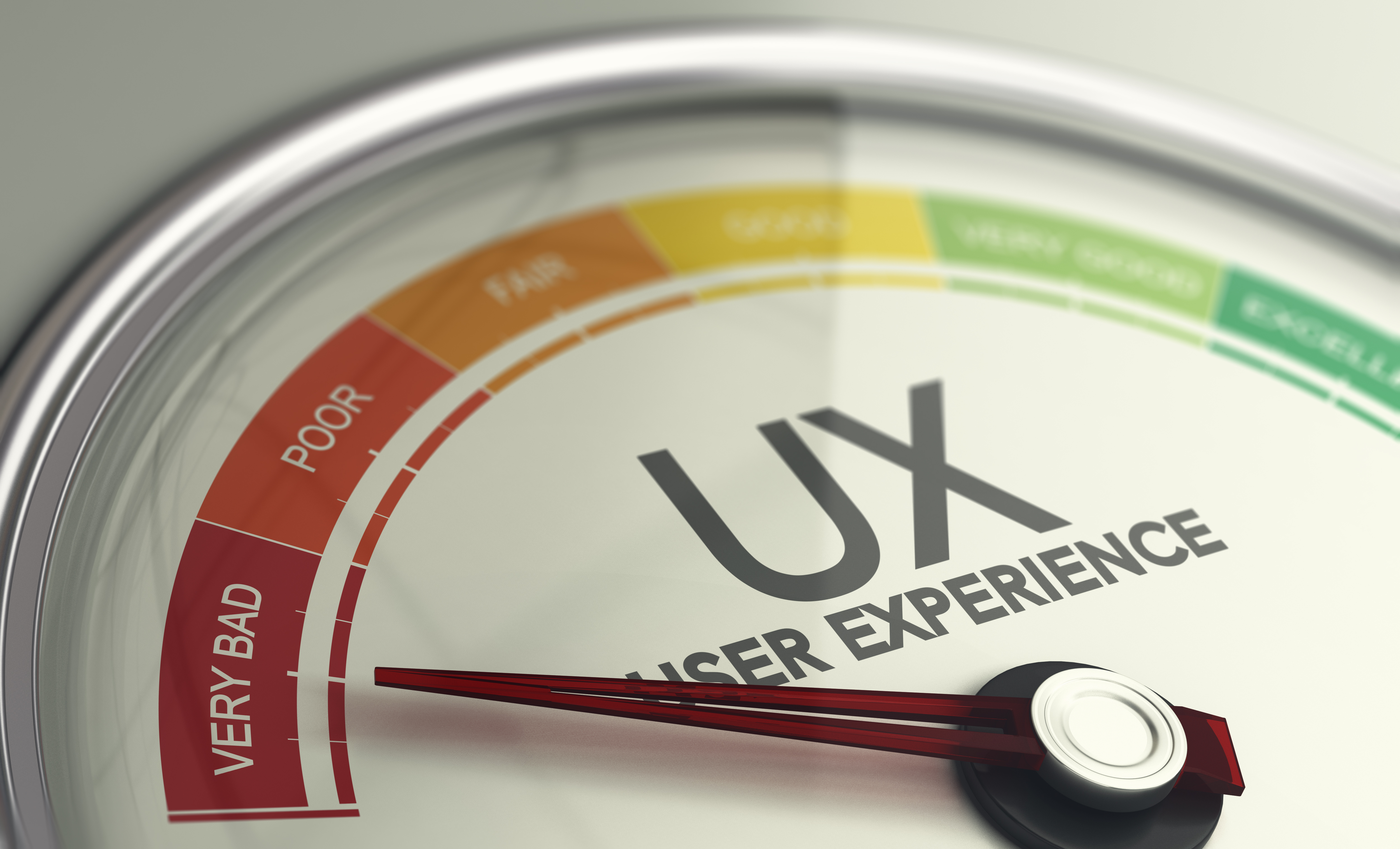Using and maintaining old software is a dangerous game. It use to be that you could wait to update your software, but in today’s world technology changes so quickly that not only are you left behind when you don’t update your software, you could be put at a competitive disadvantage — or worse, invite security risks, costly maintenance and more. Here are five hazards of not updating your software.
Costly Maintenance, Support Costs, and Damage Control

For example, when Delta’s outdated reservation management system crashed in 2016, its entire fleet was grounded – costing the company $150 million. In fact, obsolete apps takes up the majority of federal IT spending. Imagine the ROI if only a fraction of this cost had been spent on infrastructure modernization, redundancy, and security.
Increased Security Risks
Legacy systems often represent a huge risk when it comes to security. What seemed secure 5 to 10 years ago is not reliable now. According to Symantec, legacy systems and other outdated systems are vulnerable to malware and breaches. Since they are outdated, they are less resistant to cyber-attacks and harmful software. Legacy systems are often not supported as well. These older systems don’t receive necessary patches and updates to fix vulnerabilities and to address security issues. In fact, a report from Cato Networks revealed that cyber-attacks exploiting vulnerabilities in unpatched legacy systems is a bigger risk than zero-day attacks, or flaws the software developers are unaware of.
Privacy
While it’s tempting to think the best solution is maintaining the legacy application to preserve data, there are significant risks to this approach. Legacy applications may be running on equipment that is no longer able to be upgraded, and therefore, create unprotected points of data compromise. Specifically, legacy systems may be incompatible with security features surrounding access, such as multi-factor authentication, single sign-on and role-based access, or lack sufficient audit trails or encryption methods. Whatever the reason, these systems are unable to accommodate today’s security and privacy best practices.
Incompatibility with Mobile and New Technology
Many legacy systems are stand-alone, and were never designed to integrate with other pieces of software, and are often incompatible with mobile devices. In today’s world, it is essential for software to work well with other systems in order to run effectively.
Legacy software reduces your organization’s flexibility and scalability, and limits the integrations you can perform. As a result, these outdated systems need to be complemented by other technology layers to meet current needs. This results in complexity and more management.
The coronavirus pandemic has further emphasized the importance of scalability and adaptability in tech, which legacy software doesn’t have the capacity for. If you want to take advantage of new technologies and all of the benefits they provide, you should consider having your legacy systems modernized or rewritten.
Poor User Experience
We’re living in the age of user experience, which means that users expect pleasant experiences when using a piece of software. That’s something that’s notoriously lacking in legacy software, which is often blocky, buggy, and counterintuitive. Poor UX doesn’t just lead to frustration on behalf of the users but can also push your customers to consider other alternatives. An application with poor UX can also seriously impact productivity which impacts employees and customers.
How to Get Started
We can take a look at your application and recommend a strategy for updating your legacy application that can improve performance. Contact us for a complimentary 30-minute meeting.





